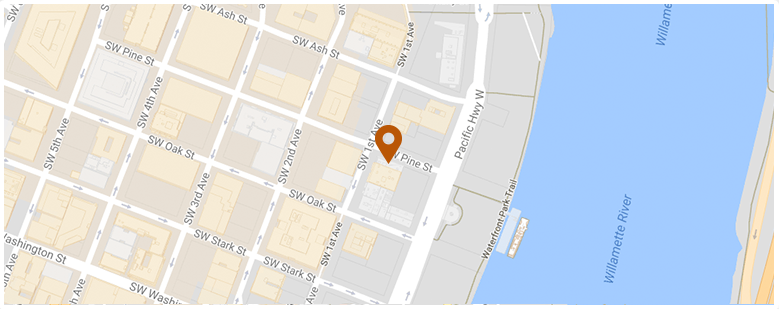The driver of a van whose crash left his two passengers dead earlier this week has been charged with a range of offenses, including manslaughter in the first degree and Oregon drunk driving, according to The Oregonian.
The Oregon car accident occurred Tuesday morning near Seal Rock, on the Central Oregon coast. The Oregonian, quoting Oregon State Police, reports that 24-year-old Jose De Leon Colomo was driving north on US-101 when his “van failed to negotiate a left curve, traveled over an embankment, and crashed into a tree, police said. The van broke into several pieces.”
The two passengers in the van were pronounced dead at the scene of the alleged Central Oregon drunk driving crash. Colomo, the driver, was treated at an area hospital before being placed under arrest and transferred to the Lincoln County jail. In addition to drunk driving and manslaughter he has also been charged with recklessly endangering another person and reckless driving, according to The Oregonian.
 Oregon Injury Lawyer Blog
Oregon Injury Lawyer Blog


